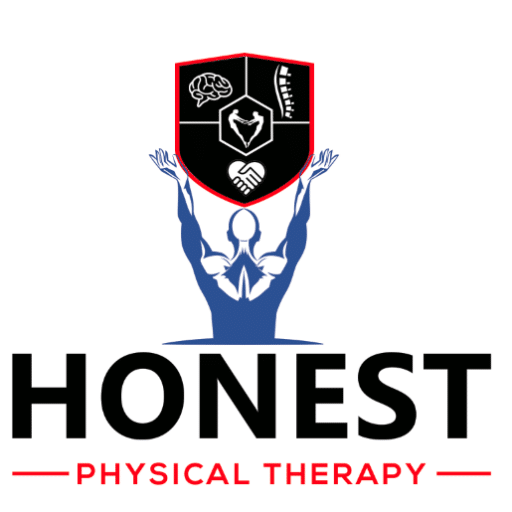1-on-1 physical therapy offers several advantages over other forms of physical therapy, such as more personalized attention, customized treatment plans, and a higher level of accountability. This article explains why 1-on-1 physical therapy is the best option for those seeking rehabilitation or pain relief.
Introduction
Physical therapy is a valuable tool for treating various injuries, pain, and movement problems. However, all physical therapy is not created equal. 1-on-1 physical therapy provides a superior experience for patients compared to other forms such as group sessions or telemedicine. This is due to the increased level of personalization, attention, and accountability.
Individualized Care
1-on-1 physical therapy provides individualized care tailored to the patient’s specific needs and goals. This personalized approach ensures that the treatment plan is optimized for the best possible outcomes.
- Performed Comprehensive Evaluation: A thorough assessment helps identify the root cause of the patient’s symptoms.
- Developing Custom Treatment Plans: The physical therapist designs a treatment plan based on the patient’s unique needs, goals, and condition.
- Addressing Specific Issues: 1-on-1 sessions allow the physical therapist to address specific problems, such as persistent pain or difficulty performing daily activities.
Higher Quality of Care
The 1-on-1 physical therapy setting promotes a higher quality of care due to the physical therapist’s ability to focus solely on the patient.
- Focused Attention: The physical therapist is solely dedicated to the patient, allowing for undivided attention.
- Personalized Techniques: The therapist can use techniques specific to the patient’s needs, enhancing the effectiveness of the treatment.
- Constant Monitoring: The physical therapist can closely monitor the patient’s progress and make real-time adjustments to the treatment plan.
Improved Patient Engagement
1-on-1 physical therapy fosters improved patient engagement, leading to better outcomes.
- Active Participation: The patient plays an active role in their recovery, encouraging them to take ownership of their treatment.
- Enhanced Motivation: The physical therapist provides motivation and support, helping the patient stay committed to their rehabilitation program.
- Building a Connection: The therapist-patient relationship is strengthened, allowing for better communication and understanding.
Faster Recovery Time
The benefits of 1-on-1 physical therapy often result in faster recovery times.
- Targeted Treatment: The therapist can focus on the specific areas that need attention, leading to more efficient recovery.
- Progress Monitoring: Regular monitoring allows the therapist to identify and address any setbacks promptly, preventing delays in recovery.
- Functional Improvement: The therapist works with the patient to achieve functional improvement by addressing underlying issues that may hinder recovery.
Long-Term Results
1-on-1 physical therapy sets the stage for long-term success.
- Sustainable Rehabilitation: The patient learns self-management techniques, empowering them to maintain their progress long after therapy ends.
- Preventing Recurrence: The physical therapist addresses underlying causes, reducing the likelihood of future injuries or pain.
- Quality of Life Improvement: By resolving the patient’s pain and functional limitations, 1-on-1 physical therapy enhances their overall quality of life.
Conclusion
1-on-1 physical therapy stands alone as the superior choice for rehabilitation and pain relief. Its individualized care, higher quality of care, improved patient engagement, faster recovery time, and long-term results make it the gold standard in physical therapy. If you’re seeking relief from pain or rehabilitation from an injury, don’t settle for group sessions or telemedicine. Invest in your health and well-being with 1-on-1 physical therapy.







